The “Save Chinatown” Coalition Goes on the Defensive in Philadelphia
The construction of a new basketball arena threatens to fill the neighborhood with more traffic and raise rents.
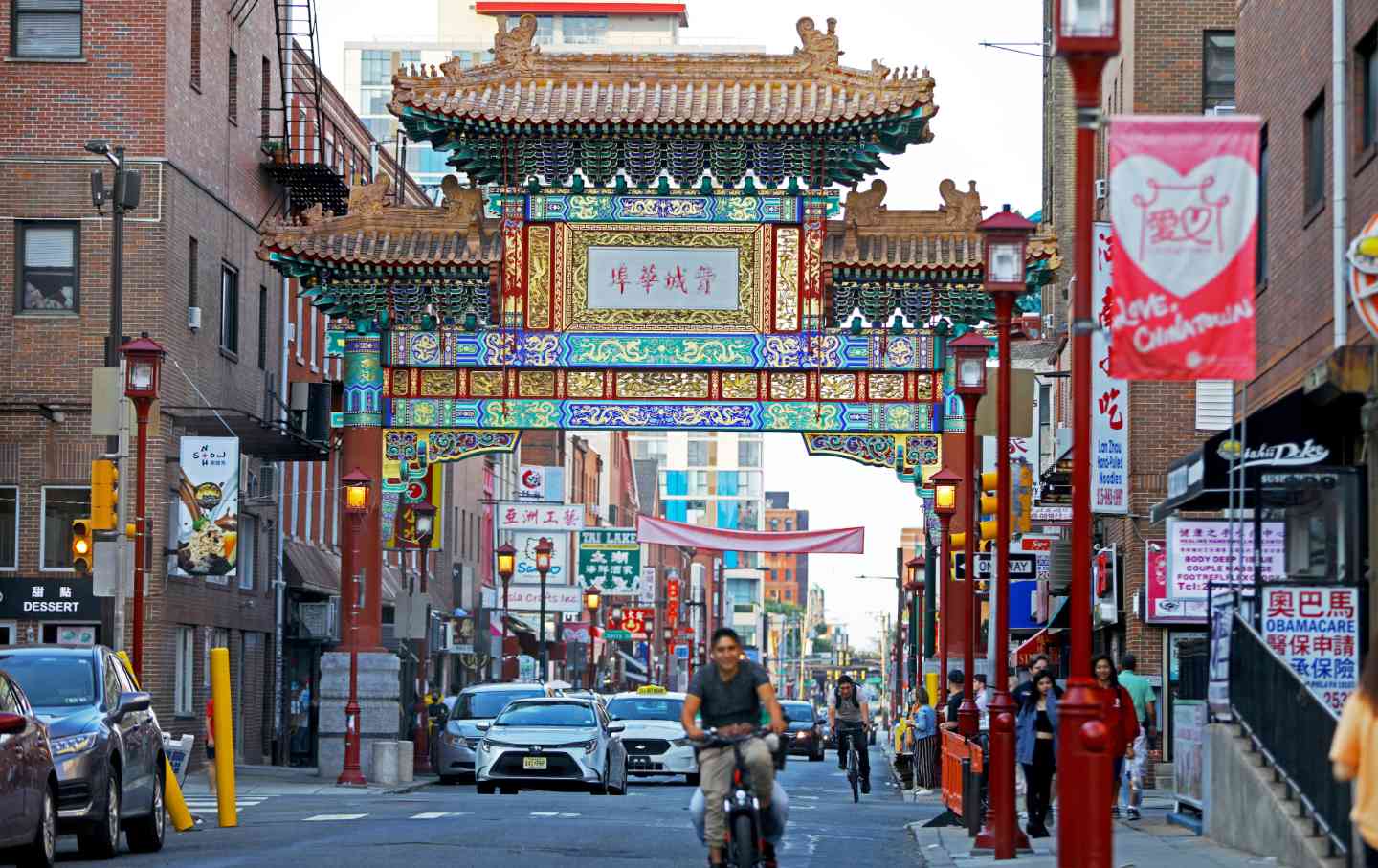
The Chinatown Friendship Gate in Philadelphia.
(Pat Greenhouse / Getty)
Growing up in Upper Darby—a white working-class community on the outskirts of Philadelphia—Debbie Wei recalls going to Philadelphia’s Chinatown with her parents every week to get groceries. For Wei, whose parents were both Chinese immigrants, Chinatown was the place in the city where she felt most comfortable.
At 150 years old, Chinatown is one of the oldest sustained communities in Philadelphia. Created by Chinese immigrants escaping racial violence on the West Coast, it was once considered an undesirable, inner-city neighborhood. “Even as a child growing up, Chinatown was the red-light district,” Wei recalled. “There were a lot of bars, what you would call ’seedy’—not a place for people and families.”
Wei has spent the last two years organizing a citywide and interracial campaign against the development of a new arena for the city’s basketball team, the Philadelphia 76ers, which threatens to fill the neighborhood with more traffic and raise rents, according to the Save Chinatown Coalition. On December 12, the City Council will begin voting to approve or deny the arena.
Developments targeting Chinatown go as far back as the 1920s, when Bell Telephone Company purchased and demolished a block on Race Street, displacing Chinatown residents. Throughout the mid-20th century, the city government applied “eminent domain” in order to displace residents and establish new developments, from the Broad-Ridge Spur and the widening of Vine Street to urban renewal projects that transformed large parts of the neighborhood into industrial centers and parking lots.
Still, Chinatown persisted and grew as exclusionary immigration laws were lifted. Threats to the neighborhood’s existence heightened in the 1960s and ’70s—including a project to expand Vine Street into an expressway, which jeopardized an important educational and religious institution. Chinatown residents organized, pushing the City Council to adopt a smaller highway design. Yet another setback came in 1991, with the construction of the Pennsylvania Convention Center, which displaced 200 Chinese residents and seven Chinese businesses.
“It’s like Jenga, if you take out enough bricks, the thing will fall down,” Wei said. “By the time the convention center went in, I think the community realized we cannot sustain another large development like that. We’re at the max of what the community could possibly take.” Wei says it was at this point that Chinatown began to organize harder—and win. In 1993, the community struck down a proposal to build a federal prison. In 2000, Chinatown residents won again, stopping the construction of a new Phillies baseball stadium. In 2008, organizers halted a proposed casino.
Philadelphia Mayor Cherelle Parker has vocally supported the arena development, as has most of the City Council. But Vivian Chang, executive director of Asian American United, is optimistic that Chinatown can win yet again. “In all these fights—the stadium, casino—each time the mayor wanted it, the City Council wanted it, but we still won.” This time, however, the fight has involved even more deception from city leaders, according to Chang, who failed to conduct adequate community outreach, inflated the economic benefits of what a Sixers arena could bring Philadelphia, and introduced a shoddy community benefits agreement.
As a former resident of Washington, DC, Chang has seen the damage that an arena can do to a Chinatown. Since the Capital One Arena came into the neighborhood, Chang says that DC’s Chinatown has not been able to recover from the gentrification and displacement it caused, and that the economic benefits of a stadium hardly ever outweigh the damage.
Philadelphia city leaders and arena developers claim that the new arena will bring a significant rise in foot traffic to the city’s retail corridor along with lots of new tax dollars. Chang disagrees: “A lot of their numbers are really inflated. Every sports team does the same playbook [of commissioning] a study from a paid consulting group to say all this activity is going to come in and all these taxes will come in, and they don’t materialize. When we look at these so-called studies across different cities and stadiums, they usually overestimate by 80 percent.”
Roger Null, professor emeritus of economics of Stanford University, is also skeptical of developers’ claims that the arena could revitalize the local economy. “Sports teams are not particularly big businesses,” Null said. “The revenue an NBA team takes in the arena in which it plays is roughly equal to two or three Macy’s stores.”
To Null, what makes sports teams unique is that their social importance exceeds their economic impact—a phenomenon that makes arena developments so popular. “The stadiums are far more expensive than a business the size of a sports team could ever hope to pay for,” Null said. “The sports facilities have become monuments to the owners and to the local politicians who helped subsidize them, the mayors who cut the ribbon at the construction site.” Even more, Null emphasizes that multiple impact studies have shown that sports arenas can even be slightly damaging to a city’s sales tax collection. And because they stay mostly closed all year, only opening for games and other events, they function more so as “economic black holes.”
Chang emphasizes that the neighborhood’s small businesses will be severely harmed by the development, with Chinatown cut off from its regular customer base during construction for at least six years. “A lot of businesses are still on the margin due to the Covid and anti-Asian violence,” Chang said. “They can’t afford to lose all that revenue.”
Vivian Truong, a professor at Swarthmore College in the Philadelphia suburbs who studies the history of Chinatowns, believes there is a lack of trust in the Philadelphia Chinatown community due to failed promises from developers in the past, and a trend of viewing Chinatown as an impediment to progress instead of a place of growth.
“There’s this denial of the fact that Chinatown isn’t just this place that’s stuck in time and history,” Truong said. “But it’s a living, ongoing neighborhood, rather than this relic of the past. It’s not surprising that a lot of this history of Philadelphia’s Chinatown being a target of these development projects is essentially seeing it as this neighborhood that can be this blank slate for the city to build whatever it would like.”
According to Wei, the arena proposal has involved organizing beyond the neighborhood. David Adelman, founder of Campus Apartments, is one of the main developers behind the arena, and has been credited with helping drive displacement of Black communities in West Philly. David Blitzer, the co-owner of the Philadelphia 76ers, is a senior executive at Blackstone, which the United Nations has accused of spearheading a global housing crisis. Neither the arena development team or the mayor’s office responded to a request for comment.
Popular
“swipe left below to view more authors”Swipe →“We knew that we couldn’t beat it by only organizing Chinatown,” Wei said. “We saw the tie between these billionaire developers and what was happening in communities across Philadelphia in terms of housing prices and gentrification, so we moved to form the citywide Save Chinatown Coalition.”
According to Clarise McCants, it’s the shared experience of gentrification and displacement that has strengthened the citywide coalition against the arena development. McCants is a member of Black Philly 4 Chinatown, which was founded in late September after Mayor Parker formally endorsed the arena. “She was speaking to a time where Black people could go shop on Market East, speaking elusively to Asian businesses, ‘other people’s businesses,’ coming into Black neighborhoods,” McCants said. “We just kind of were like, wow, this is pretty dangerous rhetoric that seems to be trying to pit Black people against Asian people in this fight, given that the fight against the arena has largely been led by the organizers in Chinatown. But the reality is that the majority of the city is against the arena, and I think that is true amongst Black people as well.”
McCants says that the arena’s jobs will be low-paying and largely temporary, trapping Black workers in cycles of poverty. “Aramark workers were on strike this year because of not getting paid living wages inside the arena in the stadiums that already exist down in South Philly,” McCants said. “What makes us think that these new jobs that are going to be at the Sixers arena are going to somehow be better?”
As part of their organizing, Black Philly 4 Chinatown sent an open letter to the mayor’s office in late November explaining how the proposal will further harm Black working-class communities. “There has been a history of this kind of solidarity between Black and Asian communities, and we knew that we wanted to stand in the legacy of that history of solidarity and continue that for the sake of being able to stop this arena,” McCants said. “But also for the sake of the longer kind of fight against putting profit over people’s real needs.”
According to Chang, approval from the city won’t be the end of Chinatown’s fight. “City council can vote on it, but we can sue them, tie them up in the courts,” Chang said. “We are going to fight this for years to come.”
Disobey authoritarians, support The Nation
Over the past year you’ve read Nation writers like Elie Mystal, Kaveh Akbar, John Nichols, Joan Walsh, Bryce Covert, Dave Zirin, Jeet Heer, Michael T. Klare, Katha Pollitt, Amy Littlefield, Gregg Gonsalves, and Sasha Abramsky take on the Trump family’s corruption, set the record straight about Robert F. Kennedy Jr.’s catastrophic Make America Healthy Again movement, survey the fallout and human cost of the DOGE wrecking ball, anticipate the Supreme Court’s dangerous antidemocratic rulings, and amplify successful tactics of resistance on the streets and in Congress.
We publish these stories because when members of our communities are being abducted, household debt is climbing, and AI data centers are causing water and electricity shortages, we have a duty as journalists to do all we can to inform the public.
In 2026, our aim is to do more than ever before—but we need your support to make that happen.
Through December 31, a generous donor will match all donations up to $75,000. That means that your contribution will be doubled, dollar for dollar. If we hit the full match, we’ll be starting 2026 with $150,000 to invest in the stories that impact real people’s lives—the kinds of stories that billionaire-owned, corporate-backed outlets aren’t covering.
With your support, our team will publish major stories that the president and his allies won’t want you to read. We’ll cover the emerging military-tech industrial complex and matters of war, peace, and surveillance, as well as the affordability crisis, hunger, housing, healthcare, the environment, attacks on reproductive rights, and much more. At the same time, we’ll imagine alternatives to Trumpian rule and uplift efforts to create a better world, here and now.
While your gift has twice the impact, I’m asking you to support The Nation with a donation today. You’ll empower the journalists, editors, and fact-checkers best equipped to hold this authoritarian administration to account.
I hope you won’t miss this moment—donate to The Nation today.
Onward,
Katrina vanden Heuvel
Editor and publisher, The Nation
More from The Nation
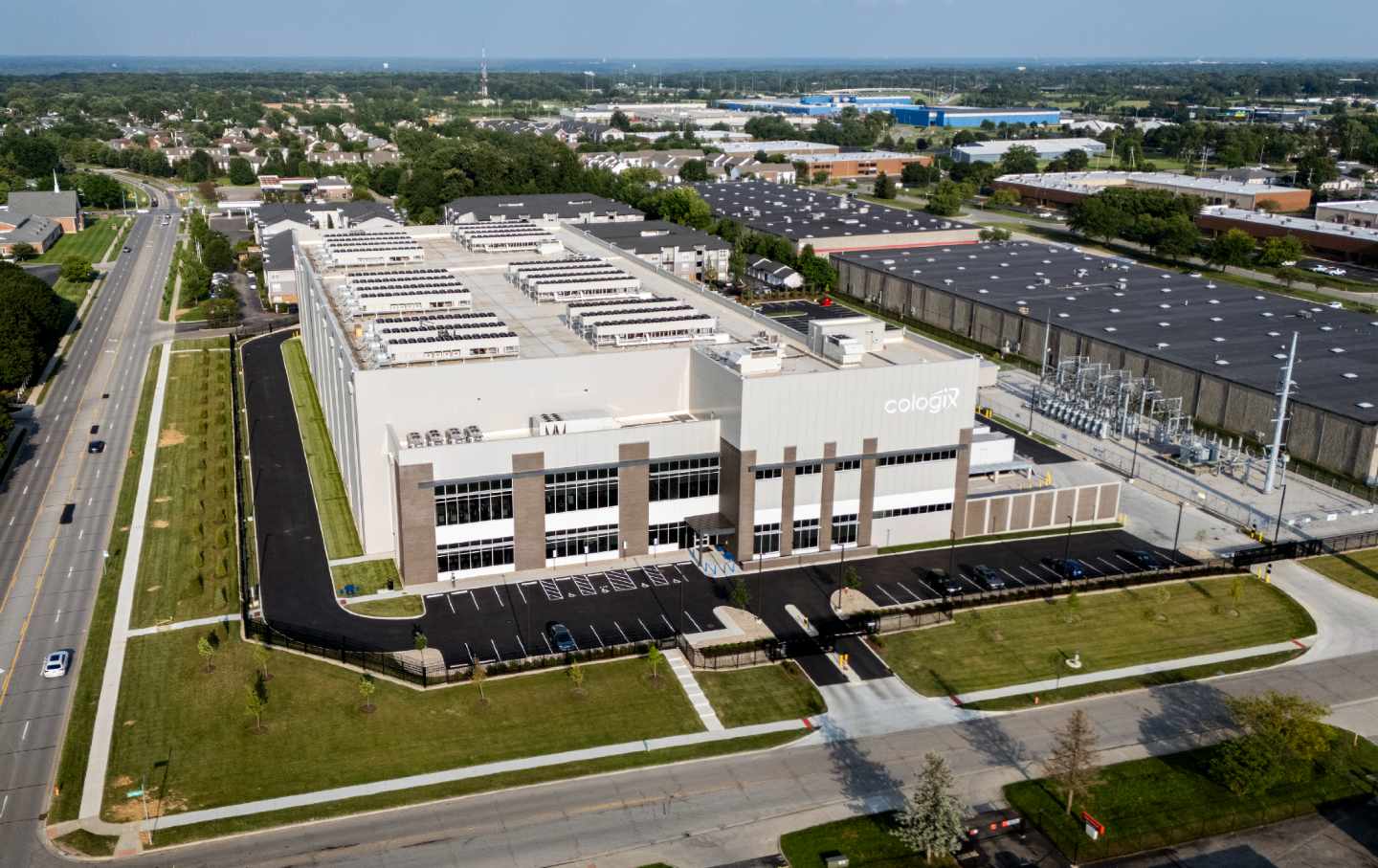
Anger at Corporate Power Is Everywhere Anger at Corporate Power Is Everywhere
It should guide the Democrats.
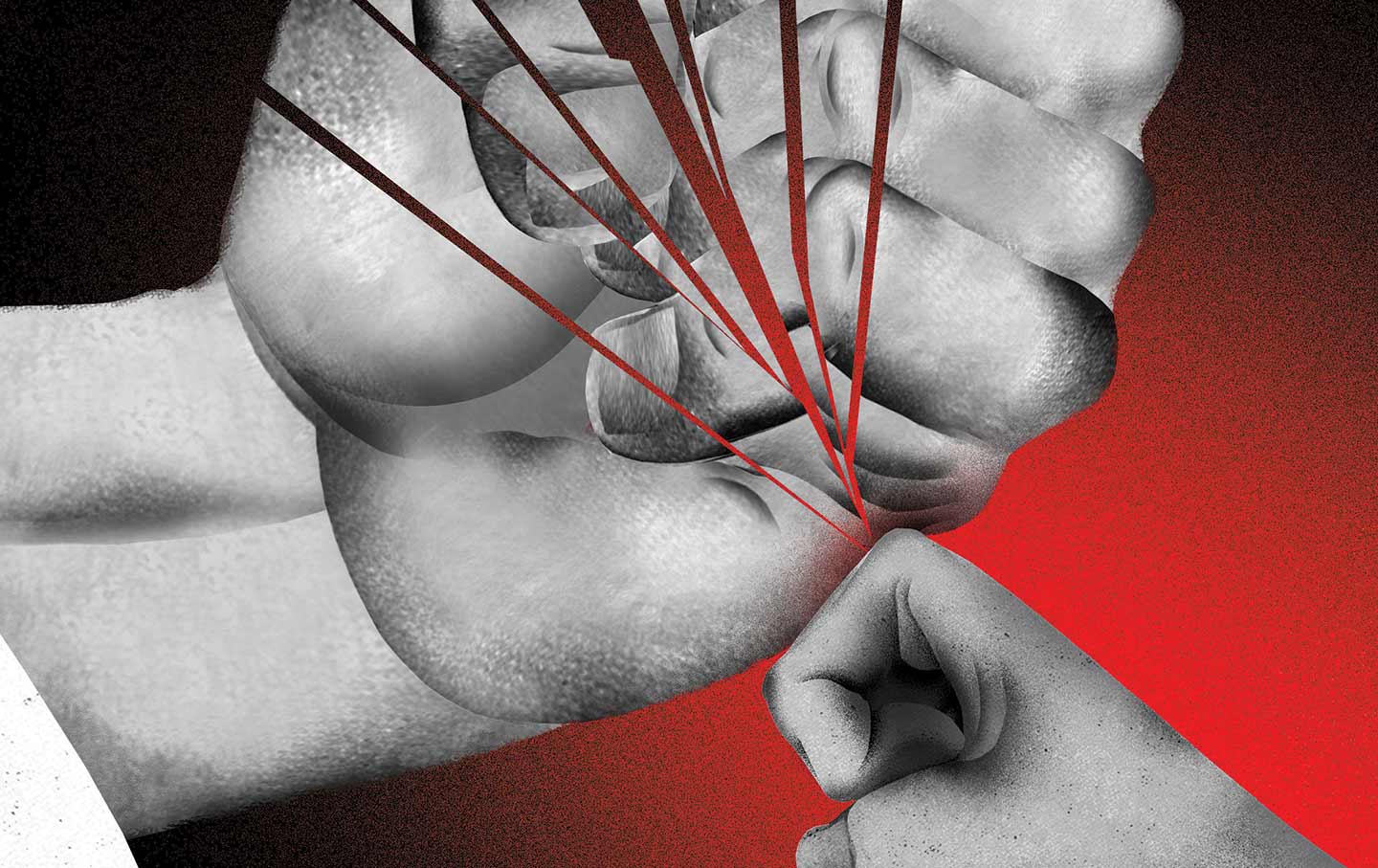
Honoring the Progressives Fighting for Our Democracy Honoring the Progressives Fighting for Our Democracy
These activists and artists, pastors, and political leaders know what has always been true: The people have the power.
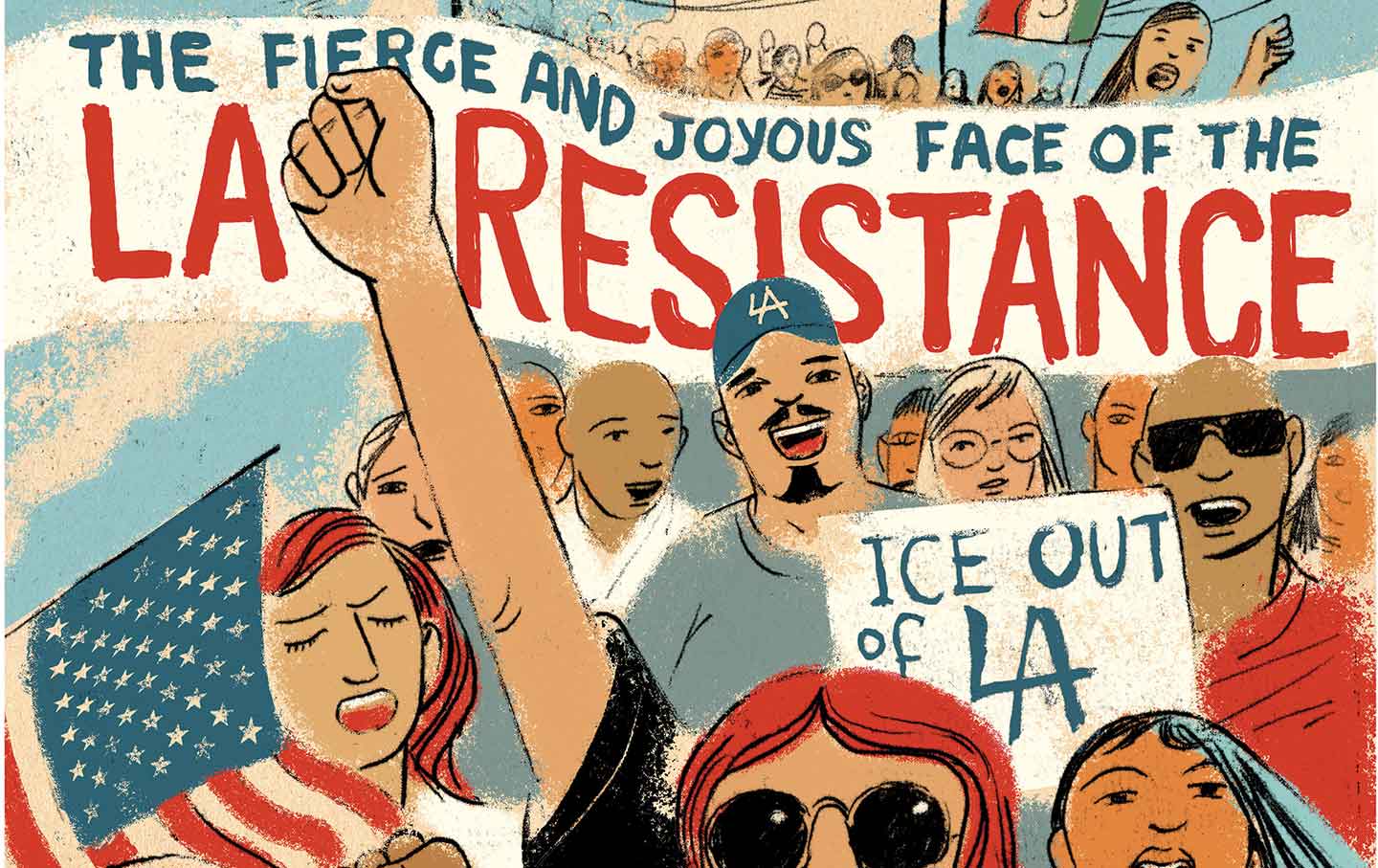
The Fierce and Joyous Face of LA Resistance The Fierce and Joyous Face of LA Resistance
What we can learn from a great American city’s refusal to bend to Trump’s invasion.
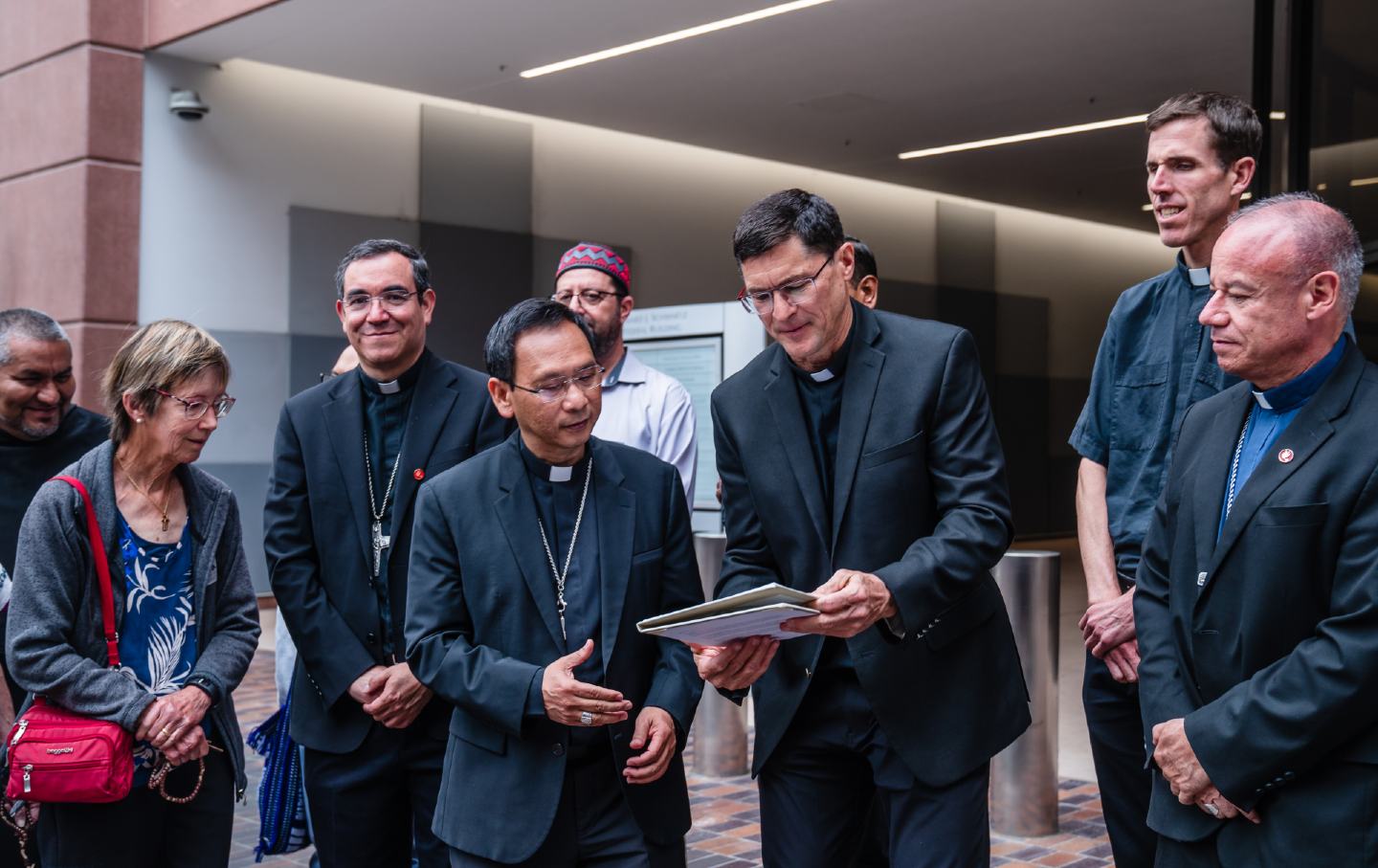
San Diego’s Clergy Offer Solace to Immigrants—and a Shield Against ICE San Diego’s Clergy Offer Solace to Immigrants—and a Shield Against ICE
In no other US city has the faith community mobilized at such a large scale to defend immigrants against the federal government.

If Condé Nast Can Illegally Fire Me, No Union Worker Is Safe If Condé Nast Can Illegally Fire Me, No Union Worker Is Safe
The Trump administration is making employers think they can ignore their legal obligations and trample on the rights of workers.

The Counteroffensive Against Operation Midway Blitz The Counteroffensive Against Operation Midway Blitz
How Chicago residents and protesters banded together against the Trump administration's immigration shock troops.


